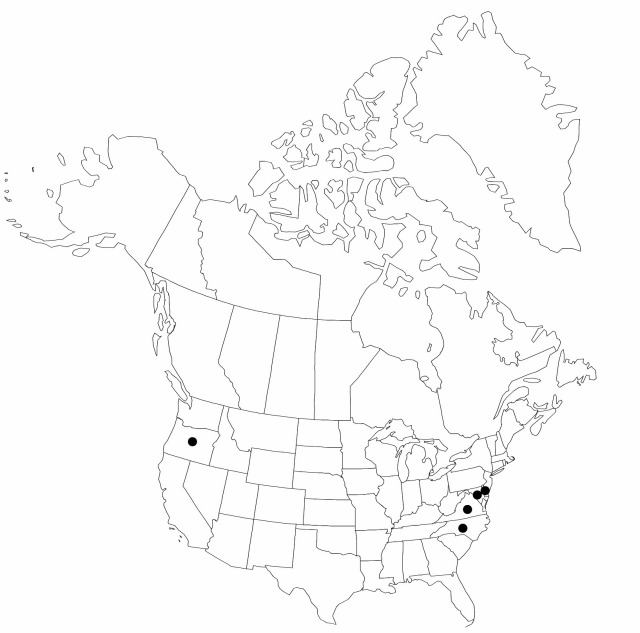Carex arenaria
Sp. Pl. 2: 973. 1753.
Culms trigonous, 15–60 cm, scabrous-angled. Leaves: sheath with apex of inner band yellowish, thickened, concave; ligules 1.5–2.2 mm; blades 1.5–4 mm wide. Inflorescences 2–8 cm; spikes 5–20, ascending, ovate; proximal spikes pistillate, the middle androgynous or staminate; terminal spike usually staminate. Pistillate scales reddish-brown with green center and hyaline margins, ovate, 5–7.8 mm, usually longer than perigynia, apex acute to acuminate. Perigynia prominently thin-winged at apex, lanceolate to broadly ovate, (4–) 4.5–6 × 1.3–3.3 mm; beak poorly defined, 1.2–2.5 mm. 2n = 58, 60–64, 64.
Phenology: Fruiting May–Jul.
Habitat: Maritime sand dunes and sandy, disturbed areas near the coast, 0–30 m
Distribution

Introduced; Del., Md., N.C., Oreg., Va., Eurasia
Discussion
Carex arenaria was first collected in North America in 1870; it remains quite local in distribution.
Selected References
None.
Lower Taxa
"shortened" is not a number."thin" is not a number.
